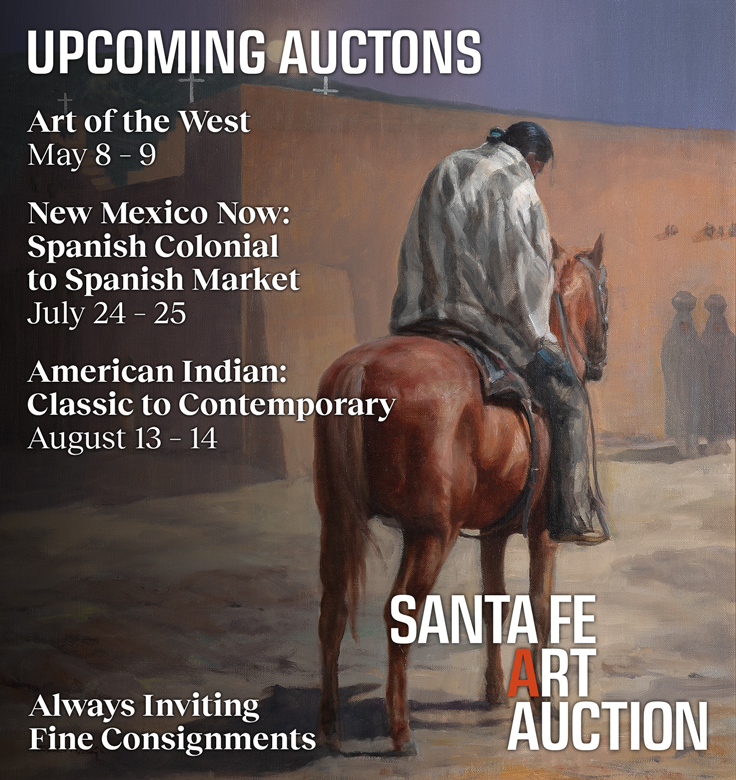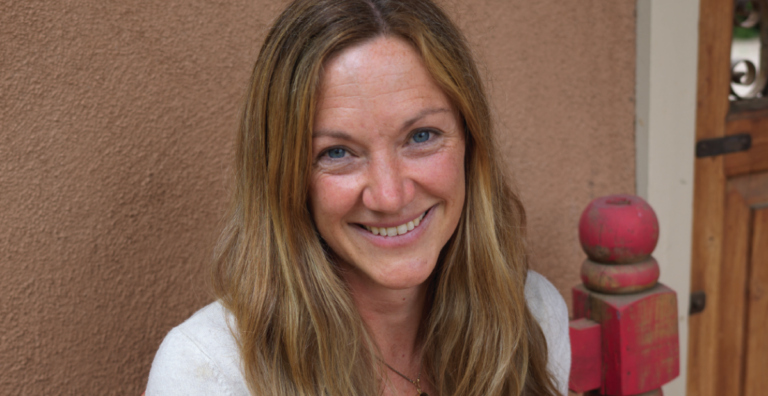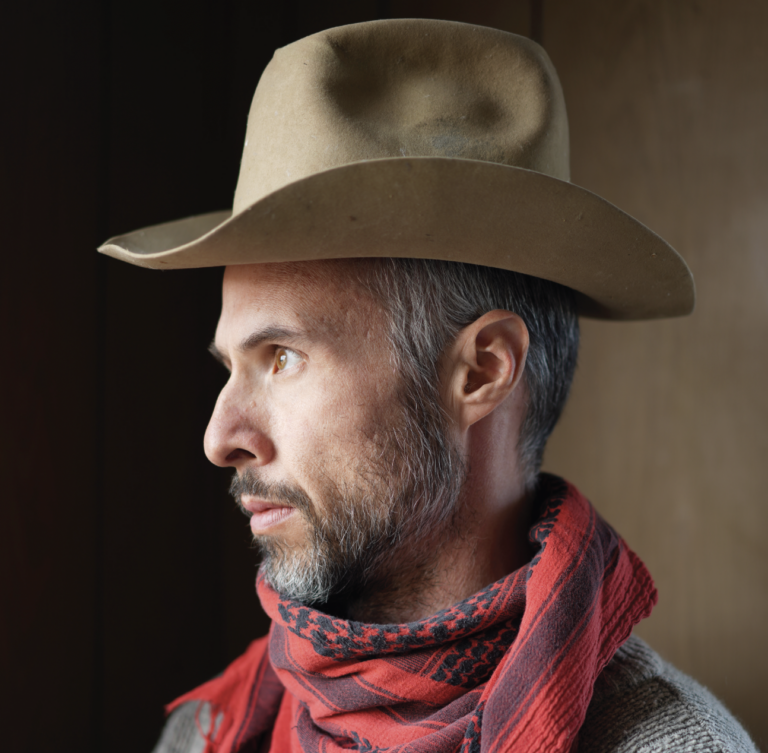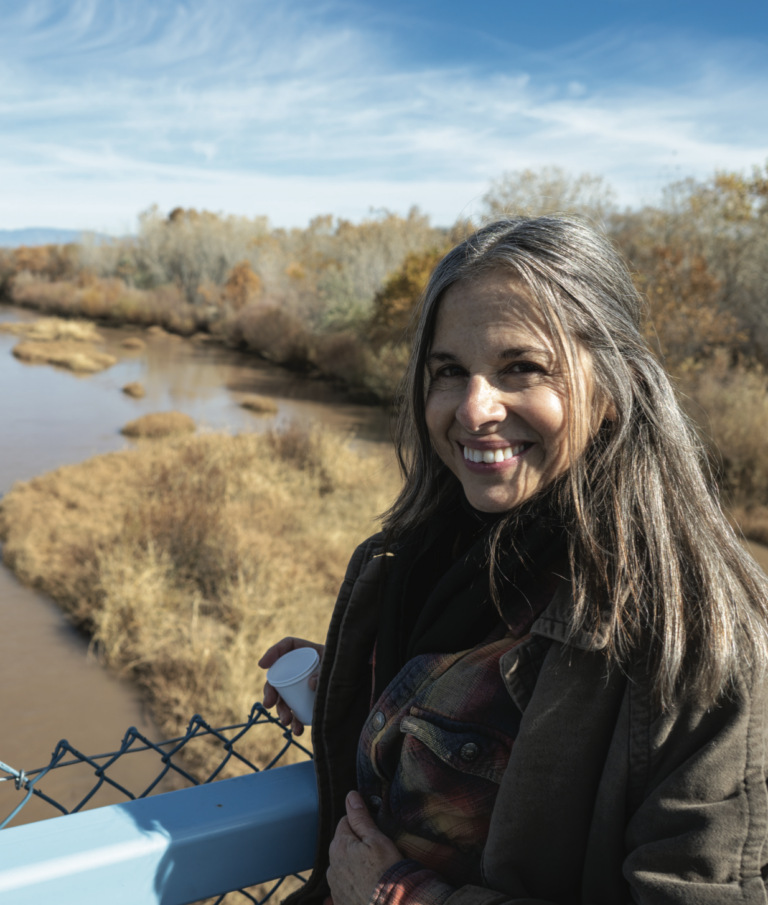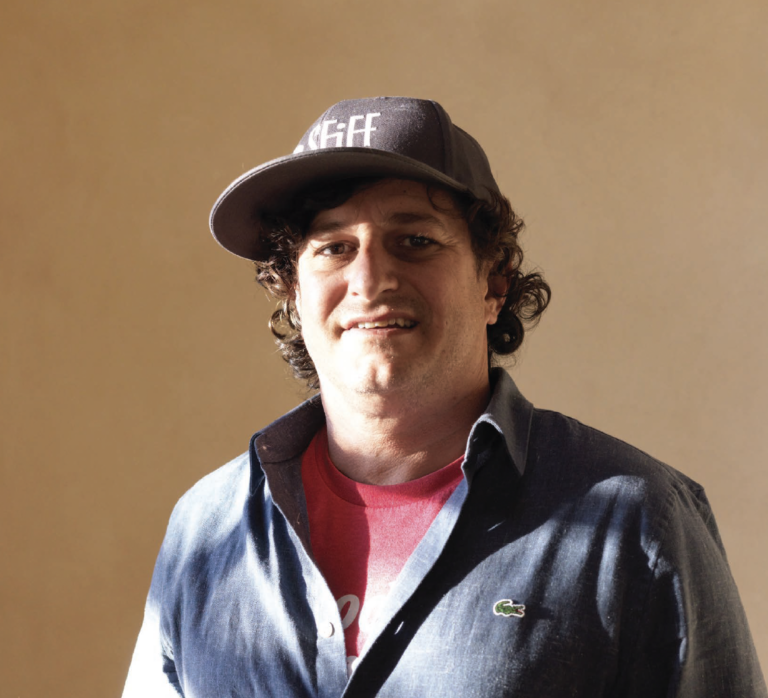IS THERE ANYTHING JOAN HALIFAX HASN’T DONE? Is there any social movement in the last 50 years that she hasn’t touched in some way? LSD research projects with Stanislav Grof. Social experiments with Joseph Campbell. Civil rights and anti-war movements. Climate activist. Volunteer at the New Mexico penitentiary. Runs the Project on Being with Dying. And, finally, Abbot and Head Teacher at Upaya Institute and Zen Center on Cerro Gordo. Lucky for us.
Why did you start Upaya in Santa Fe?
I first came to Santa Fe in 1972. I felt at home in the altitude and the mountains, forests, and deserts, and I also was inspired by the cultural diversity. I valued being around indigenous cultures, people close to the earth. I have a lot of respect for our diverse community, for the traditional cultures that are thriving along the Rio Grande, for the ancient ways that have persisted, for the healers and agricultural traditions that continue to teach us, for the stories and songs of the old ways that remind us of a deeper history and deeper way of knowing this land and each other.
I was raised in the South, but I never felt that was my home. Then I lived in New York City, but still that wasn’t home – I don’t think I got a good night’s sleep in the eight years I lived there. I worked on the West Coast, but it wasn’t the right bioregion for me. So I ended up in the Southwest, and here, my sense of home became affirmed by the landscape, her peoples, and the great sky.
You say “Our world is vulnerable; there’s a great deficit of people who want to help. Most are suffering themselves.” Seems like we’re all suffering. How do we cope?
Yes, so many people are asking that question these days. I have a few thoughts about enhancing our resilience and strength in these difficult times. The first is community. This means being in relationships that are authentic, where there is understanding, love, and care. These relationships become a place where we can learn from our struggles and receive care, support, and feedback. This is “beloved community,” which Dr. King spoke so eloquently about, a place where we feel cared about and cared for and where we can offer care to others, a place that is safe, where respect is valued and love and trust are present. Second is to be aware of our lived experience and notice the tendencies that we might have for reactivity that cause harm to ourselves and to others. In order to do this, you have to be in touch with your inner life. This is one of the great values of contemplative practice.
Third is taking a backward step. So many of us are constantly leaping forward, keeping ourselves busy and distracted, avoiding or denying and not accessing our natural wisdom, our innate goodness. I think it is important to take the exhale, take quiet time, drop into a pause that allows us to see our own lives more deeply, know ourselves better, see the truth of impermanence and interconnectedness, and align with our deepest values. One more thing, and maybe the most important: one of the great secrets that enhances our well- being is compassion and serving others.
How is compassion a great vehicle for transformation?
I have suggested that compassion is actually not a feeling but an emergent process arising out of our lived experience. It is a process that is grounded in inter-relationality, mutuality, reciprocity, and adaptivity. For example, you cannot will yourself into being compassionate. Compassion also has various dimensions. One is common compassion, compassion for a situation where we experience a connection with the one who is suffering, like a mother who experiences compassion for her child. This is compassion with an object. Another form of compassion is grounded in an ethical and insight dimension. Yet there’s a third form of compassion, which the great scholars of Buddhism have identified as being genuine compassion, literally compassion without an object.
This form of compassion is a natural, unprescribed, spontaneous response to what is arising in the moment. This is called “universal compassion” – compassion without an object. Probably most of us operate on the first level. And that’s okay! Yet the practice is to cultivate the somatosensory qualities that make it possible for us to experience concern for the world, to discern deeply what will serve and to respond in a way that might alleviate or transform suffering, and doing this in an unprescribed manner. This expression of compassion is what many practitioners and scholars believe to be true compassion, an experience of compassion that is pervasive and spontaneous.
Like the Christian idea of agape love.
Yes, very much so.
WANT TO READ MORE? SUBSCRIBE TO SANTA FE MAGAZINE HERE!
Photo Noah Roen

